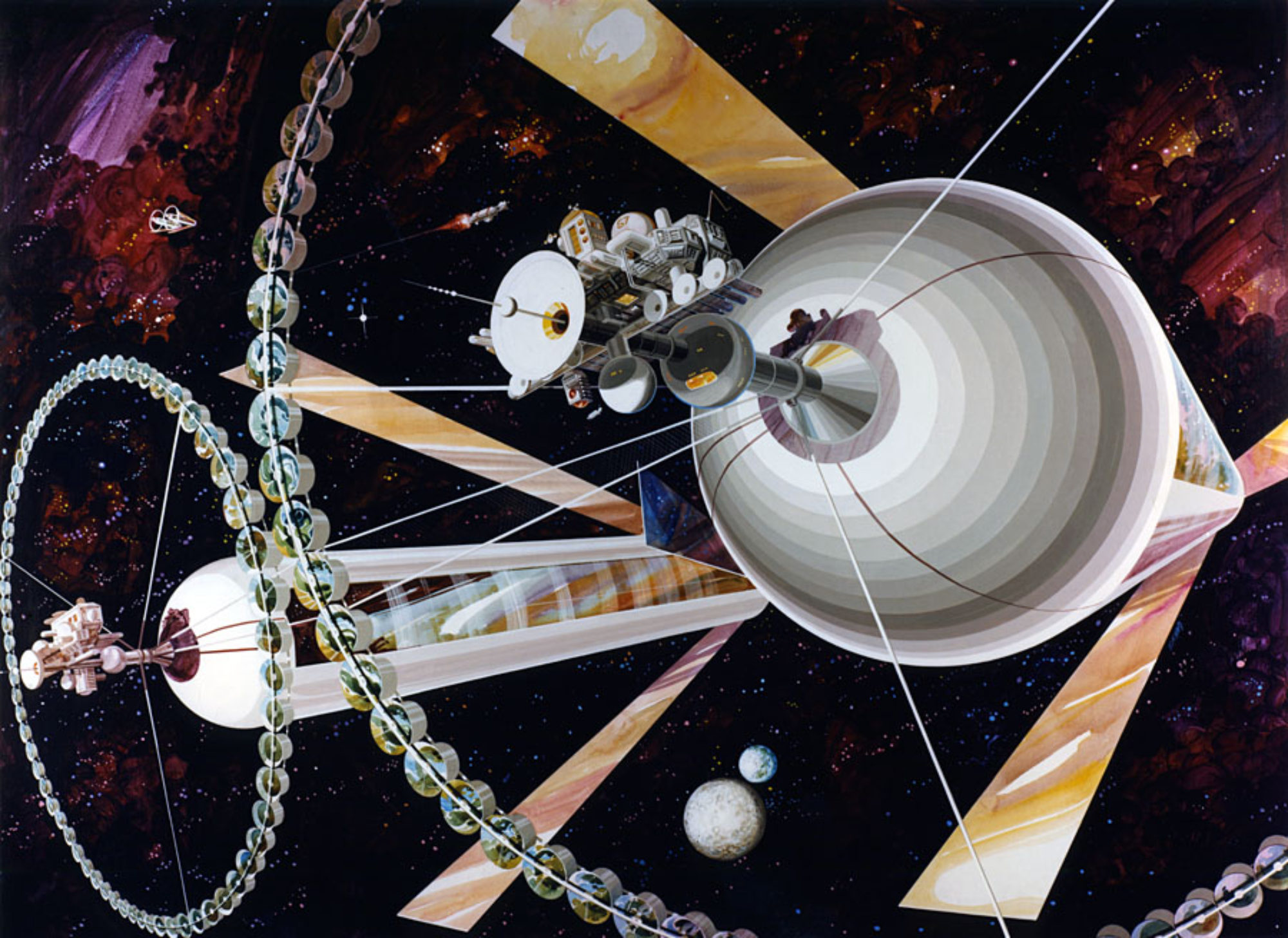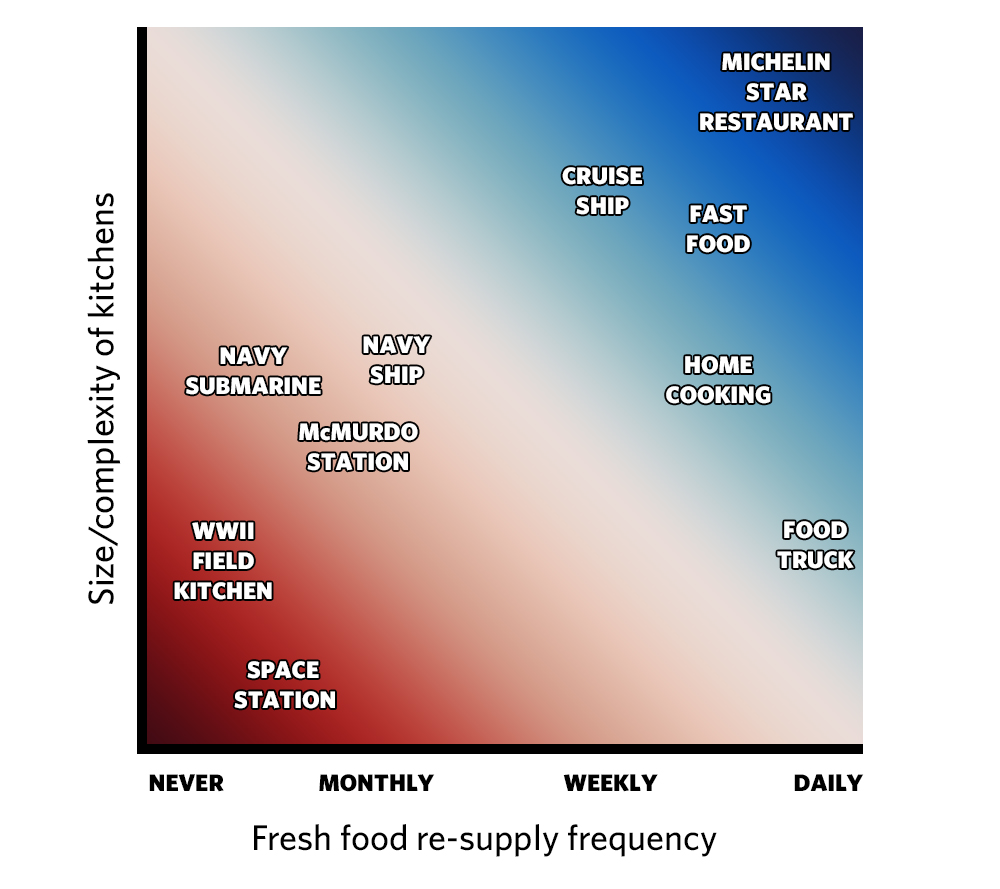
Before there are large numbers of settlers on Mars people will live in small isolated outposts subject to the vagaries of restrained human habitats under extreme conditions. To ensure survival and sustainability it will be important to select crews that have psychological profiles with the capacity to manage adverse conditions, elevated risk or unplanned disasters. A group of researchers has studied this problem for a hypothetical mining colony on Mars using Agent-Based Modeling. A preprint paper describing their research has been posted by Anamaria Bereaon of George Mason University on the arXiv server.
Agent-Based Modeling (ABM) is a computational model for simulating the interactions of people or other collective entities (i.e. autonomous agents) either individually or in groups to understand their behavior under specified conditions. Application of ABM could be useful to predict the ecological and demographic factors required for sustainable resource-management in a restricted human settlement off Earth.
For this study human profiles were modeled after personality traits gleaned from scholarly research on the psychology of teams in extreme isolation and high stress environments such as aboard submarines, stays in Antarctica, and military deployments in war theaters. Success of individuals and teams under these conditions is dependent on coping capacity, i.e. the ability of people to use their skills and available resources to manage risk or disasters under adverse conditions.
The agents were selected based on four profiles used by NASA to screen and evaluate subjects in isolated and extreme environments. These individuals fall into the following categories, listed in decreasing order of coping capacity as measured on a standardized scale:
- Agreeables: low competitiveness and aggressiveness, and not fixated on stringent routines
- Socials: medium competitiveness, extroverted, not fixated on stringent routines
- Reactives: medium competitiveness, competitive interpersonal orientation, fixated on stringent routines
- Neurotics: highly competitive and aggressive interpersonal characteristics, difficulty adapting to boredom or change in routines
Next, the subjects were assigned management and engineering skills associated with the anticipated roles and specialized abilities needed for 30 month crewed mission to Mars. It was assumed that a mining colony had already been established to supply minerals back to Earth and that the facility would get it’s power from a fission nuclear reactor. The settlement would start out with sufficient air, water and food but would depend on supply lines from Earth for resupply. The goal of the ABM model was to apply stressors to the agents such as random resupply shuttle accidents or habitat disasters to assess interactions and skill use among the different personality types to gain insights on which category would be more enduring for the establishment of a stable colony.
The mining colony was modeled using NetLogo 6.2. NetLogo is an open source modeling environment designed for simulating natural and social interactions. The programming language is ideal for modeling complex system evolving over time.
An initial number of occupants was specified up to a maximum of 152 divided equally into the four personality types. The mining operations were then allowed to proceed over multiple time increments of one week where colonists move about the settlement, form teams to produce resources, consume supplies, interact with each other, and sleep. Health is assigned a numerical variable and can be affected by lack of sleep or consuming more resources than what is planned to be produced. Stressors were introduced such as Earth supply line disruptions or habitat disasters. Colonists partner with each other to produce resources or deal with accidents. If the settlement inventory of resources is insufficient to meet sustenance requirements, the health of the occupants is reduced. Once the health of an occupant reaches zero they die and are removed from the simulation.
Not surprisingly, the Agreeable personality type was the only agent to survive the entire duration of the simulations. Having the highest coping capacity, Agreeables were the most resilient when exposed to stressful situations and habitat disasters. Neurotics fared the worst and showed the least adaptability under stress. When selecting crews for the first space settlements, phycological profiles will be key to ensuring stable communities on Mars or elsewhere on the frontier.









